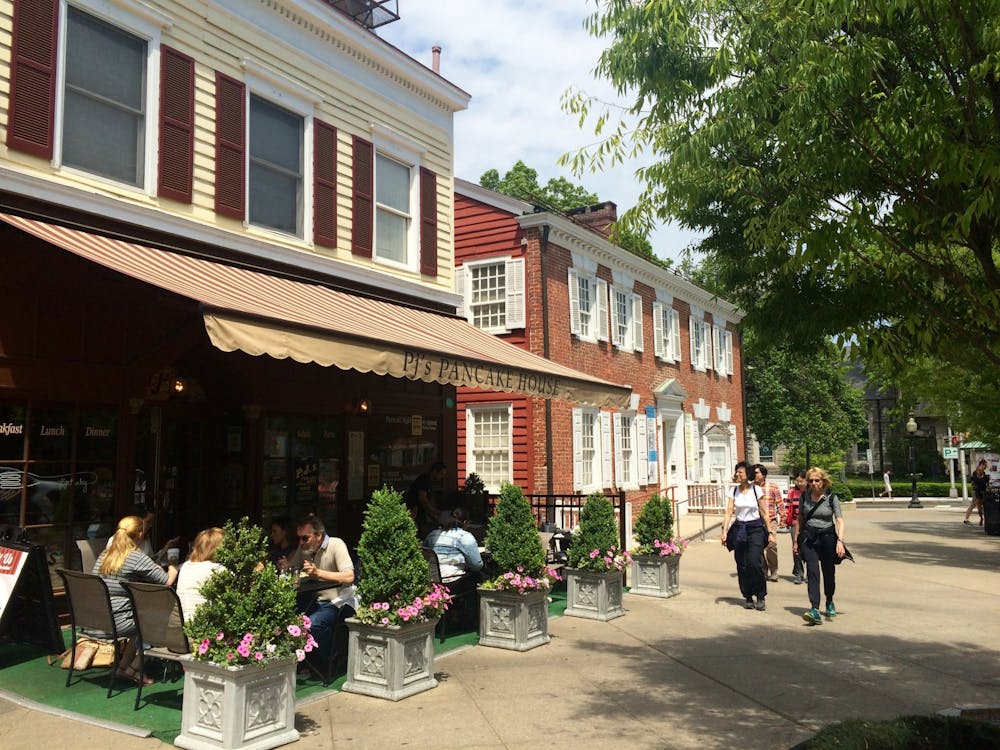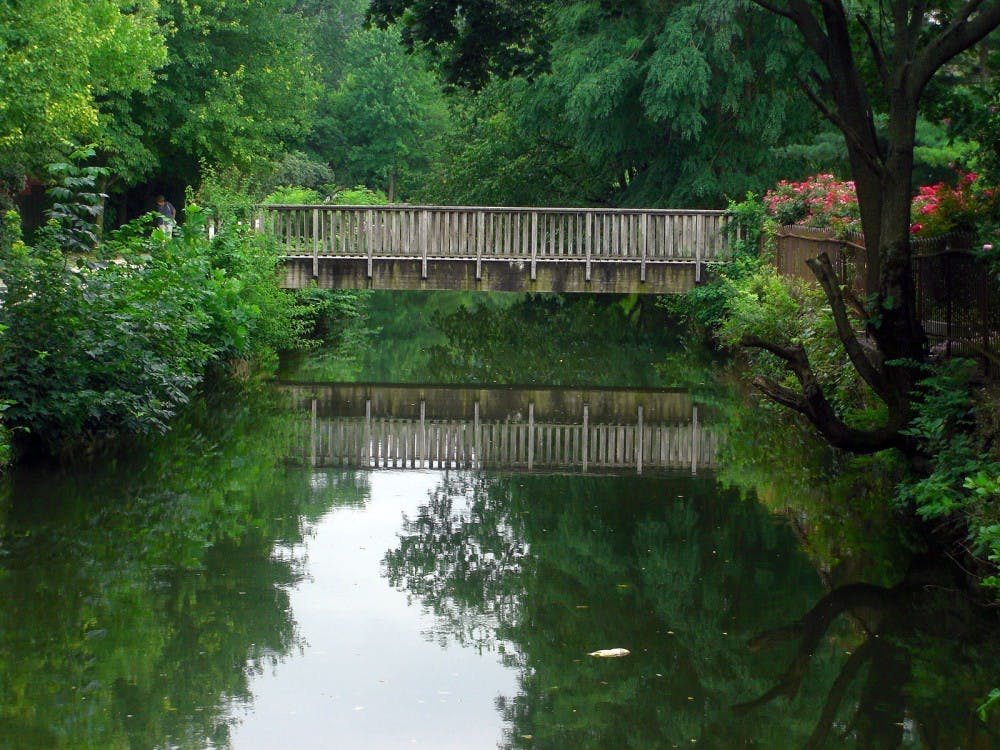Walking around campus, you don't usually see many flyers for the various ethnic dance groups on campus. Brightly colored pieces of paper advertise Disiac, Body Hype, and Expressions whenever there's an upcoming performance, but it's rare that you see flyers for Princeton's ethnic dance troupes.
Despite under-representation in publicity, Princeton's dance scene is still extremely diverse, and those looking for traditional dance performances from other countries can turn to several groups that specialize in ethnic dance.
Raks Odalisque, which held its open house last night, performs Middle Eastern belly dancing. The twelve-year-old Black Arts Company dances traditional African and Jamaican dances as well as hip-hop and lyrical styles. Naacho, which means "let's dance" in Hindi, has provided students with the opportunity to watch Indian dances for three years now.
The Grupo Ballet Folklórico de Princeton sits among the ranks of these other ethnic dance groups and will dazzle audiences on Cinco de Mayo with Mexican folk dance in an exotic feast for the eyes.
They will perform for the second annual fiesta from 2:30 to 4:30 p.m. at the Third World Center to celebrate Mexico's second most important holiday. Cinco de Mayo celebrates the victory of the Mexican Army over the French at the Battle of Puebla, which became a symbol of Mexican independence and unity.
"We seek to bridge the gap between the community and the university through dance," says Crystal Davenport-Harris '03, the treasurer of the eleven-year-old performance group.
Like some of the other members, Davenport-Harris did not know what Ballet Folklórico was until she saw the group perform on campus and was enchanted by the beautiful footwork and twirling, colorful skirts of Mexican folk dance. During her sophomore year, her friend and member of the group, Mario Ramirez '03, signed her up for the open house.
This year, Melissa Bermudez '03, also joined the group because one of her friends was a member. Although she had plenty of dance experience, she had never tried folklórico. After the first rehearsal, however, she was "totally won over."
Bermudez's family is Puerto Rican rather than Mexican, but, as many members emphasized, ethnicity doesn't matter to the group. The important thing is having fun.
Benito Alberto San Miguel '03, admits that part of the lure of folklórico for him is that it helps connect him with his Mexican heritage. But he also loves the challenge and beauty of the dancing.
"Because Ballet Folklórico dances come from all regions of Mexico, they are a comprehensive representation of Mexico's lifestyle, passions, and tradi- tions," he says.
Most of the dances come from the Mexican states of Chiapas, Veracruz, and Jalisco (where my own grandmother danced folklórico when she was younger).

In preparation for the Cinco de Mayo fiesta, San Miguel is in charge of finding musical entertainment. Since most of the best mariachi groups in the area are already booked for the holiday, he has enlisted a DJ to provide Latin American music for the performance.
Davenport-Harris expresses that one of the highlights of being a member of the group is its non-competitiveness. No one is left out of rehearsals, and everyone is invited to attend and join the group, no matter what their family heritage or dance experience may be.
"We always invite university and high school students (as well as anyone interested from the community) to join us in rehearsals at any point in hopes of having them perform with us," she says.
At rehearsals, Francisco Navarez Burgueno, who is originally from Chihuahua and is also director of the New York-based group, Mexico: Images and Traditions Folklórico, teaches the group new dances, but a large part of the repertoire comes from oral tradition.
Emphasis is placed on good footwork and fancy skirtwork, but their main concern is fully enjoying the art of dancing.







